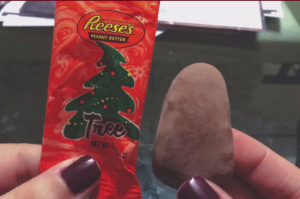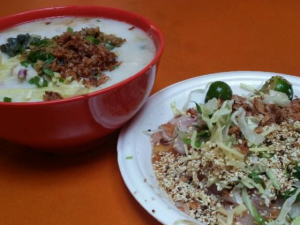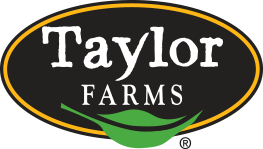The aims of this study were to assess the compliance of street foods sold in an urban center in a major capital of Brazil with international standards for food safety and to provide data that could be used for the elaboration of specific legislation to ensure the safety of street food.
 The study investigated demographic profiles of street vendors and hygiene practices used in critical points of food production for products sold. Direct observations and structured interviews were conducted among vendors at stationary locations in the downtown area. Forty-three participating vendors were mostly males who generally completed only elementary school. Among observed food safety risks: 12% of the vendors did not provide ice at the point of sale for perishable ingredients; 95% did not wash hands between food and money transactions and restroom breaks; 91% did not have hair coverings and 100% of the vendors did not have access to a water supply. The interviews revealed that 12% of the vendors did not provide proper cold holding during transportation; 33% did not wash their hands at all, whereas 24% only used water to wash their hands; and 33% never took the required food-handling course. The study indicates a need for improvements of the environmental conditions at these sites to prevent foodborne diseases. Specific local and national laws for street food need to be created to protect the consumer, and continuous training of vendors could help address the lack of food quality and safety.
The study investigated demographic profiles of street vendors and hygiene practices used in critical points of food production for products sold. Direct observations and structured interviews were conducted among vendors at stationary locations in the downtown area. Forty-three participating vendors were mostly males who generally completed only elementary school. Among observed food safety risks: 12% of the vendors did not provide ice at the point of sale for perishable ingredients; 95% did not wash hands between food and money transactions and restroom breaks; 91% did not have hair coverings and 100% of the vendors did not have access to a water supply. The interviews revealed that 12% of the vendors did not provide proper cold holding during transportation; 33% did not wash their hands at all, whereas 24% only used water to wash their hands; and 33% never took the required food-handling course. The study indicates a need for improvements of the environmental conditions at these sites to prevent foodborne diseases. Specific local and national laws for street food need to be created to protect the consumer, and continuous training of vendors could help address the lack of food quality and safety.
And for no particular reason, today in 1966, The Beatles began recording sessions for Sergeant Pepper’s Lonely Hearts Club Band. The album cost $75,000 to record.
Food safety and hygiene practices of vendors during the chain of street food production in Florianopolis, Brazil: A cross-sectional study
Food Control, Volume 62, April 2016, Pages 178–186
Rayza Dal Molin Cortese, Marcela Boro Veiros, Charles Feldman, Suzi Barletto Cavalli
http://www.sciencedirect.com/science/article/pii/S0956713515302498









